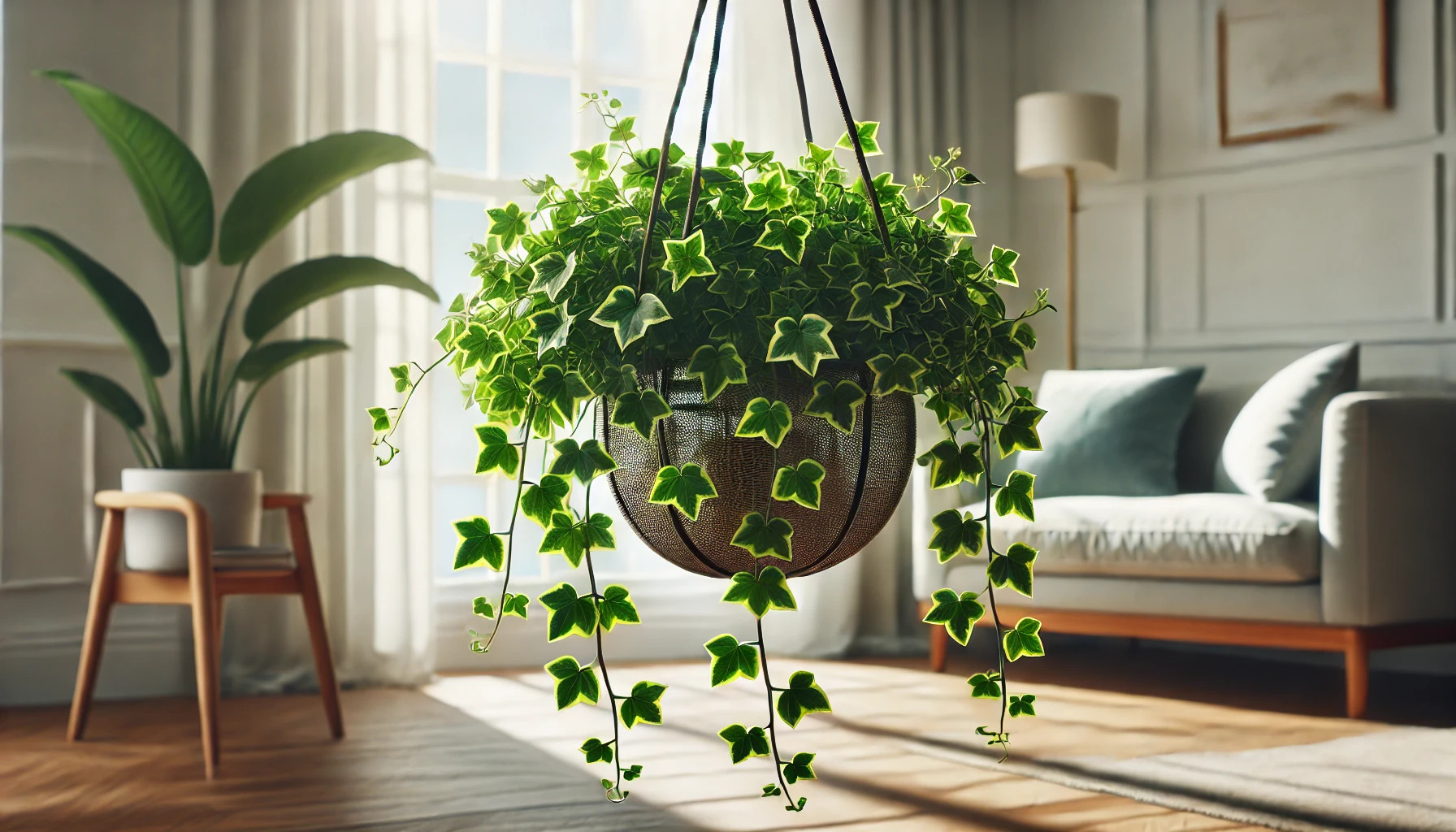
Swedish Ivy, scientifically known as Plectranthus verticillatus, is a charming and versatile houseplant admired for its trailing stems and glossy, scalloped leaves. Despite its name, Swedish Ivy is not native to Sweden nor is it a true ivy. This plant can add a touch of lush greenery to any indoor space with its cascading foliage. Typically, Swedish Ivy can grow up to 2-3 feet long, making it perfect for hanging baskets or as a trailing plant on shelves.
A Rich History and Ideal Growing Conditions
Native to the coastal regions of South Africa and Australia, Swedish Ivy has been popularized as an easy-care houseplant in many parts of the world. It thrives in warm, humid environments that mimic its natural habitat. Swedish Ivy grows best in bright, indirect light but can also tolerate lower light conditions, making it a versatile choice for various indoor settings.
Swedish Ivy and Pets: Important Information
One of the many benefits of Swedish Ivy is that it is non-toxic to pets. You can enjoy its lush greenery without worrying about the safety of your cats or dogs, making it an excellent choice for pet owners.
Best Practices for Caring for Your Swedish Ivy
Caring for a Swedish Ivy is relatively straightforward, making it a great choice for both novice and experienced plant enthusiasts.
Watering and Humidity
Swedish Ivy prefers consistently moist soil but does not like to sit in water. Water it thoroughly when the top inch of soil feels dry, and ensure that excess water drains out of the pot to prevent root rot. In general, watering every 1-2 weeks is a good starting point, but you may need to adjust based on your specific environment. Swedish Ivy appreciates higher humidity levels, but it can also tolerate average household humidity. If your home is very dry, consider misting the leaves occasionally to increase humidity around the plant.
Soil, Light, and Temperature
A well-draining, peat-based potting mix is essential for Swedish Ivy. It grows best in bright, indirect light but can tolerate lower light conditions. Avoid direct sunlight, which can scorch the delicate leaves. Swedish Ivy prefers temperatures between 60°F and 75°F and should be kept away from cold drafts and sudden temperature changes.
Common Problems and Remedies
Even with the best care, Swedish Ivy can encounter some common issues. Yellowing leaves can be a sign of overwatering or poor drainage. To remedy this, ensure the soil is well-draining and adjust your watering schedule accordingly. Brown leaf tips can be caused by dry air or inconsistent watering. Maintaining a regular watering schedule and occasionally misting the plant can help prevent this issue.
Swedish Ivy can also be affected by pests such as spider mites, aphids, and whiteflies. To combat these pests, use a water and mild soap solution or neem oil spray. Regularly inspecting your plant and wiping down the leaves can help prevent pest infestations.
Propagation and Benefits
Propagating Swedish Ivy is relatively easy and can be done through stem cuttings. Cut a healthy stem with a few leaves and place it in water or moist soil to root. This method is not only easy but also a great way to expand your collection or share plants with friends.
Swedish Ivy is not only beautiful but also beneficial to your indoor environment. It can help improve air quality by increasing humidity and adding oxygen to the air.
Final Thoughts
Swedish Ivy is one of the most lush and easy-care houseplants you can find. Its trailing stems and glossy, scalloped leaves make it a favorite among plant enthusiasts. While it does require some attention to thrive, the rewards are well worth the effort. With the right care, your Swedish Ivy can become a stunning focal point in your home. So why not add a Swedish Ivy to your collection and enjoy the beauty and benefits it brings?



